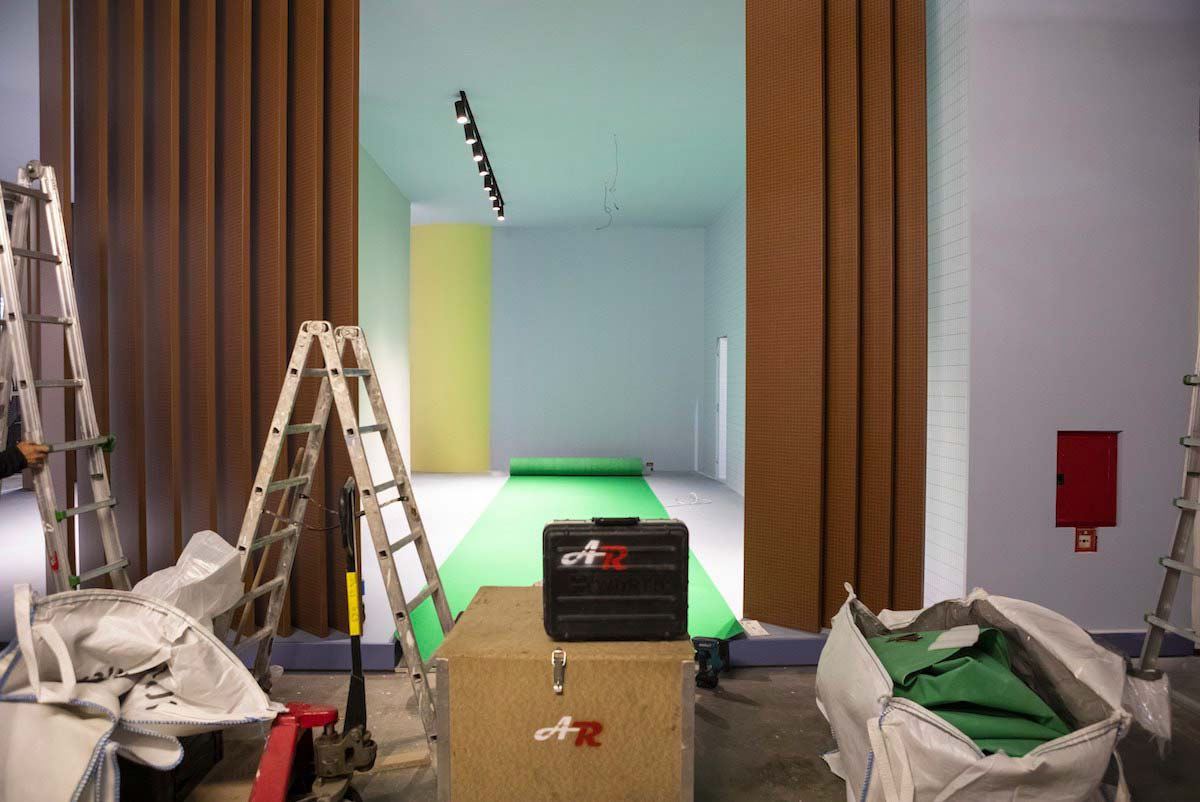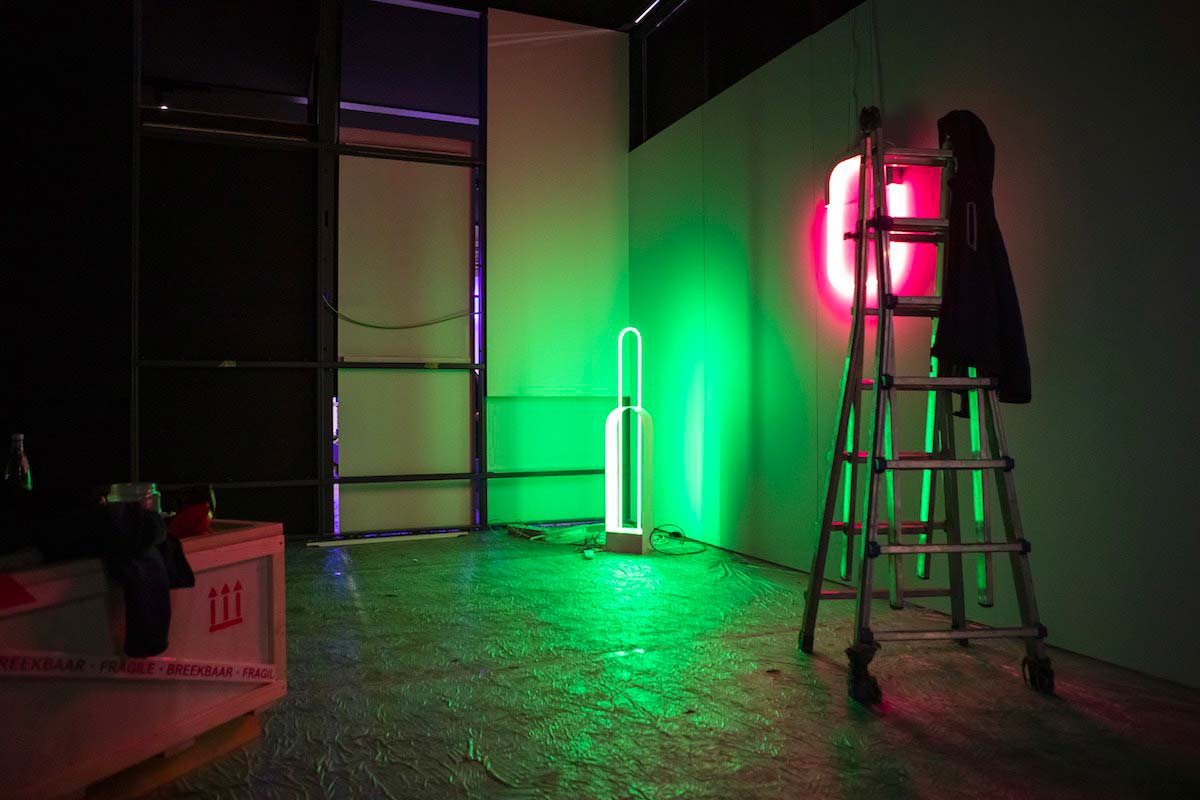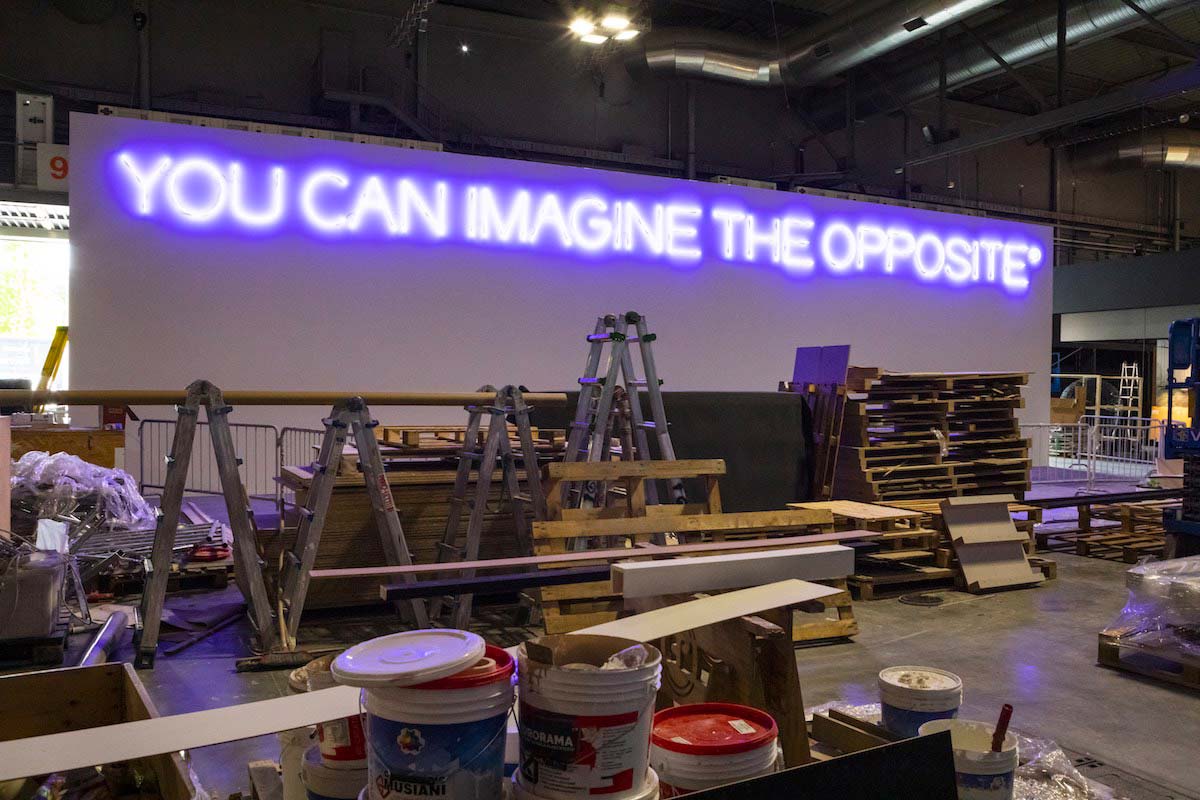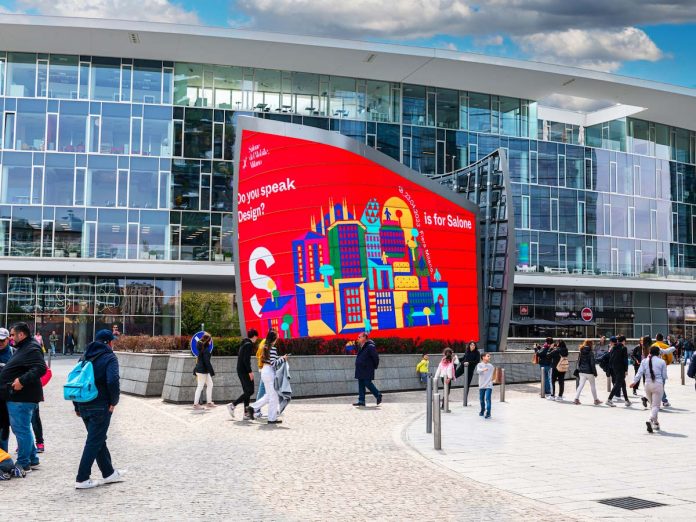On the eve of the 2023 edition of the Salone del Mobile.Milano, meAAns – an observatory on the specific design-furniture market relations – invited by IFDM has analysed data from Fiera Milano Spa and Aefi, the Italian Exhibitions and Fairs Association, to try to outline an overview of the numerical and non-aesthetic trends of the Rho event.
The data on which the analysis is based are those relating to the Salone del Mobile and Complemento d’arredo for the period 2012-2019. Biennial exhibitions have not been taken into consideration as they are uneven in numbers depending on the sector involved, while no numbers are produced by Fiera Milano Spa for the Salone Satellite.

In addition, the two most recent editions have also been left out as both the tentative September 2021 edition and the transitional June 2022 edition are not comparable with the figures of the previous editions. The numbers relate to both the exhibition square metres and the number of exhibitors, and the cross-referenced data give evidence of certain trends, which are also clearly visible in the infographic we have produced for this article.
A first datum – as already specified, the data, considered more stable, of the Furniture and Furnishing Accessories Exhibition alone, have been analysed – is that of the substantial stability in the number of square metres of exhibition space, albeit with a somewhat undulating trend: from 155,000 in 2012 to 175,000 in 2019. This evidence intersects with another trend of the opposite sign, namely the decline in the number of exhibitors. From the peak of 2014 with 1,240 companies to the 1,035 exhibitors of 2019, 200 fewer (a -16.5% drop).

In addition, the two most recent editions have also been left out as both the tentative September 2021 edition and the transitional June 2022 edition are not comparable with the figures of the previous editions. The numbers relate to both the exhibition square metres and the number of exhibitors, and the cross-referenced data give evidence of certain trends, which are also clearly visible in the infographic we have produced for this article.
A first datum – as already specified, the data, considered more stable, of the Furniture and Furnishing Accessories Exhibition alone, have been analysed – is that of the substantial stability in the number of square metres of exhibition space, albeit with a somewhat undulating trend: from 155,000 in 2012 to 175,000 in 2019. This evidence intersects with another trend of the opposite sign, namely the decline in the number of exhibitors. From the peak of 2014 with 1,240 companies to the 1,035 exhibitors of 2019, 200 fewer (a -16.5% drop).
The two figures combined translate into a trend growth in square metres per exhibitor. Translated into simple words: fewer exhibitors with progressively larger spaces. This evidence was already visible to those who regularly attended the last editions of the Show. Evidence was more pronounced in certain halls and for certain companies.
Analysing the data on the nationality of exhibitors, we can see a steady increase in the weight of foreigners, both in terms of the number of exhibitors, which rose from 23% in 2012 to 32% in 2019, and in terms of square metres occupied, which rose from 16% to 22%. Another interesting fact is that the number of square metres occupied by Italian exhibitors is almost double that of foreigners (193 vs. 119 in 2019).
Many trade visitors point to costs as the main reason for the decline in the number of exhibitors in the Rho halls in recent years. Costs that are not only attributable to the rent of the geometric square metre, but also to the installations to be used as ‘Brand Houses’ for the six days of the exhibition. More than one of the operators also recalls the costs in terms of organisation to support the Rho show. Many entrepreneurs and top managers preferred to divert the budget allocated to the exhibition to the opening of corporate showrooms in Milan or to other similar initiatives, attracted by the attractive cost/opportunity ratio.
Some operators also raised the environmental issue, which is beginning to make an increasingly evident and conscious breakthrough in this sector as well: the huge use of resources and materials for an exhibition lasting only six days can send a negative message to the market, according to some of those interviewed.
The Show is already responding to this: a press release issued last week states: ‘Environmental, economic and social responsibility is also a priority in this 2023 edition, which has embarked on the path that will lead it to achieve ISO 20121 certification at the end of the Show’.

As far as the 2023 Show is concerned, two differentiated expectations also emerge based on as many stakeholder segments. A general caution prevails among trade operators; certainly no one expects the numbers of 2018 or 2019, but more concreteness on the part of those who will visit the Exhibition this year.
For those who observe it as spectators, on the other hand, the exhibition always has a fascination and importance unmatched by other trade fairs. This segment therefore expects a very strong Show in 2023, after two transitional and experimental years, and the expectations are both in terms of new products, but above all in terms of attention to sustainability.
With these expectations and considerations, this new edition of the Show opens, full of important challenges also, and above all, with a view to the future.

meAAns is an observatory on the specific design-furniture market relations founded in 2022 by Andrea Mamprin and Massimo Marchesin. From 2002 to 2007, they worked together under the guidance of Paolo Feltrin at the Tolomeo Studi e Ricerche socio-political research institute and the CERSA (Centro Europeo Ricerche e Studi Avanzati) socio-economic research institute. They came together again in 2021 with the intention of applying research methods to the furniture design market.
This market is rich in interactions, exchanges and stakeholders integrated into a single ecosystem. meAAns is actively monitoring it and capturing its insights with the aim of helping the companies in it to understand it more strategically.







